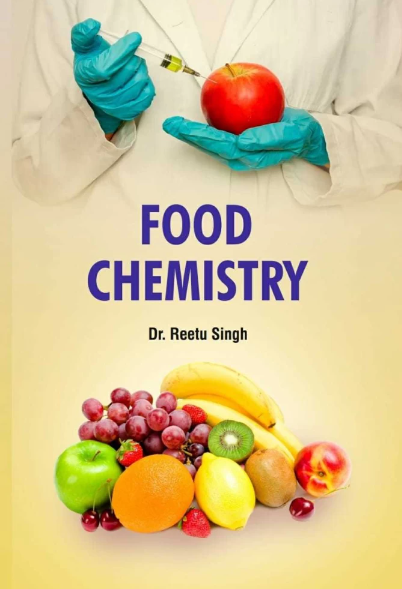Sodium hydrosulfide application induces chilling tolerance in banana fruits by enhancing antioxidant gene expression through the upregulation of the ethylene response factors MaERF53L/121L
IF 8.5
1区 农林科学
Q1 CHEMISTRY, APPLIED
引用次数: 0
Abstract
Sodium hydrosulfide (NaHS), a hydrogen sulfide (H₂S) donor, effectively mitigates chilling injury (CI) in bananas; however, the underlying molecular mechanisms remain unclear. This study demonstrated that NaHS alleviates CI symptoms by activating antioxidant defense systems that reduce oxidative stress induced by CI. Transcriptomic analysis revealed 1003 differentially expressed genes in three sample groups, with enrichment in pathways related to cellular processes, metabolic activity, and secondary metabolite biosynthesis. NaHS treatment significantly upregulated seven ethylene response factors, among which MaERF53L and MaERF121L functioned as transcriptional activators. Further investigation revealed that MaERF53L and MaERF121L directly bind to the promoters of MaPOD3 and MaGSTU18, enhancing their expression as well as the antioxidant enzyme activity. These findings indicate that the activation of antioxidant genes by MaERF53L and MaERF121L is central to NaHS-induced CI mitigation in bananas, providing novel insights into the role of H₂S in reducing CI across horticultural crops.
氢硫化钠通过上调乙烯响应因子MaERF53L/121L,增强抗氧化基因表达,诱导香蕉果实耐冷性
氢硫化钠(NaHS)是一种硫化氢(H₂S)供体,能有效减轻香蕉的冷害(CI);然而,潜在的分子机制尚不清楚。本研究表明,NaHS通过激活抗氧化防御系统来减轻CI引起的氧化应激,从而减轻CI症状。转录组学分析显示,三个样本组中有1003个差异表达基因,富集于与细胞过程、代谢活性和次生代谢物生物合成相关的途径。NaHS处理显著上调了7个乙烯应答因子,其中MaERF53L和MaERF121L作为转录激活因子。进一步研究发现,MaERF53L和MaERF121L直接结合到MaPOD3和MaGSTU18的启动子上,增强了它们的表达和抗氧化酶活性。这些发现表明,MaERF53L和MaERF121L对抗氧化基因的激活是香蕉nahs诱导的CI缓解的核心,为H₂S在降低园艺作物CI中的作用提供了新的见解。
本文章由计算机程序翻译,如有差异,请以英文原文为准。
求助全文
约1分钟内获得全文
求助全文
来源期刊

Food Chemistry
工程技术-食品科技
CiteScore
16.30
自引率
10.20%
发文量
3130
审稿时长
122 days
期刊介绍:
Food Chemistry publishes original research papers dealing with the advancement of the chemistry and biochemistry of foods or the analytical methods/ approach used. All papers should focus on the novelty of the research carried out.
 求助内容:
求助内容: 应助结果提醒方式:
应助结果提醒方式:


